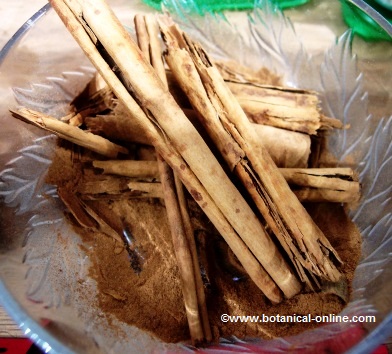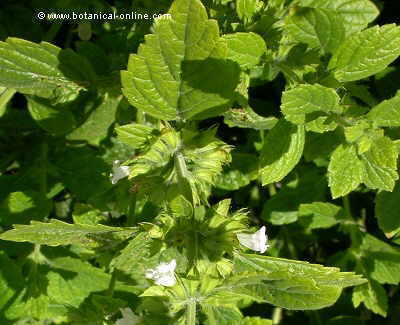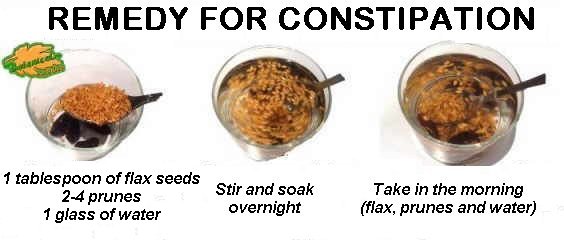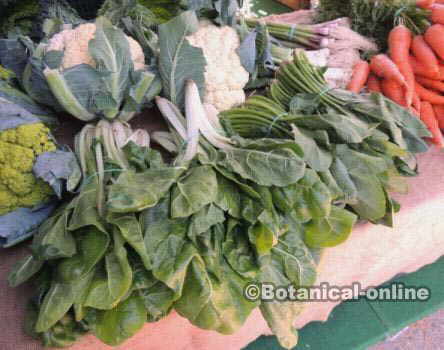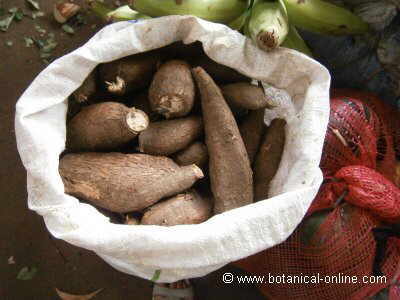Contents [show]
Summer savory (Satureja hortensis) and winter savory (Satureja montana) in the kitchen
HOW TO USE SAVORY IN THE KITCHEN
Recipes with savory
Savory is used as an aromatic spice in Mediterranean cuisine, mainly in vegetable dishes. This is due to its properties to avoid flatulence:
- Legumes dishes: Savory is an ideal condiment for chickpeas, beans, soybeans, beans and peas. It helps the body secrete intestinal juices to digest these foods, in addition to avoiding the possible flatulence caused by their high fiber content.
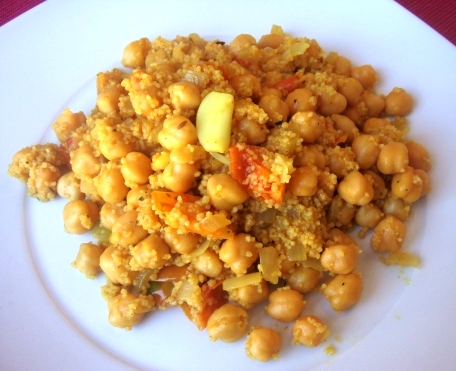
Chickpeas with couscous, a vegetarian dish with good nutritional value.
- Pasta and pizza: Savory is an excellent seasoning for pasta dishes or pizzas, as it has a warm taste reminiscent of oregano, although more fresh and spicy.
- Pickles of olives: Nothing better to taste this Mediterranean fruit than a plant of the same region. Savory is used to flavor and preserve olives, turning them into a starter with appetizing properties.
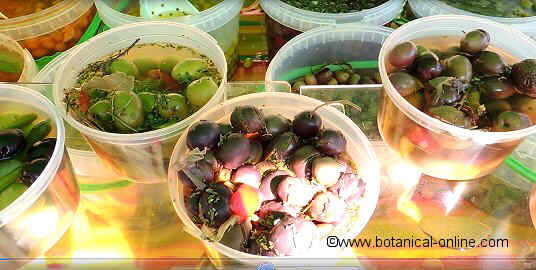
Different varieties of olives containing herbs. See recipe: Canned olives
- Savory vinegar: prepared in the same way as tarragon vinegar. It contributes with a very aromatic flavor to the dishes and has stomachic and aperitive properties.
- Savory oil: Prepared in the same way as herbal oil. Excellent for dressing pizzas and pasta dishes, it has a flavor reminiscent of oregano.
- Herbs of Provence: Traditional blend of spices made with savory.
- Bouquet Garni: traditional bouquet of aromatic plants, which contains savory.
- Scharena Sol: In Bulgaria, this type of herbal salt, is prepared with savory.
- Alcoholic drinks: This aromatic herb is used in herbal liqueurs, like the traditional Chartreuse.
![]() More information on savory
More information on savory
This article was endorsed by Elisenda Carballido - Dietitian nutritionist. Postgraduate in Phytotherapy and master in Nutrition and Metabolism.

